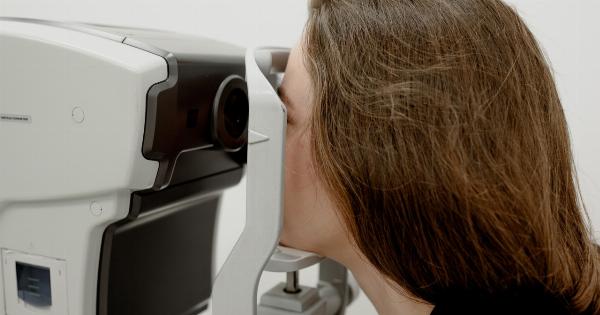Reproduction is a fundamental process in the life cycle of living organisms. From plants to animals, the ability to reproduce ensures the continuation of a species.
While there are various methods of reproduction, one of the most common and fascinating is fertilization. Fertilization is the process by which male and female gametes combine to initiate the development of a new individual.
In this article, we will explore the intricate details of fertilization, its significance, and the mechanisms underlying this pivotal event.
What is Fertilization?
Fertilization, also known as conception or impregnation, is the fusion of a sperm cell (from the male parent) and an egg cell (from the female parent), resulting in the formation of a zygote or fertilized egg.
This zygote then develops into a new individual through a series of complex processes.
The Female Reproductive System
Before delving into the process of fertilization, it is crucial to understand the female reproductive system. The female reproductive system consists of various organs, each with its specific role in reproduction.
The Male Reproductive System
Similarly, the male reproductive system comprises organs dedicated to the production and delivery of sperm. These include the testes, epididymis, vas deferens, and penis.
The Journey of Sperm
Once the male and female engage in sexual intercourse or any other equivalent reproductive act, the sperm begin their journey towards the egg. The process of sperm travel, known as sperm transport, is facilitated by several factors.
Fertilization: The Meeting of Egg and Sperm
Once the sperm reach the fallopian tubes, they await the arrival of the egg. The egg, which is released by the ovaries during ovulation, travels down the fallopian tube towards the uterus.
The Fusion Process
Despite the seemingly simple act of fusion, the process of fertilization is incredibly complex and orchestrated by various molecular and cellular events.
Activation of the Egg
Following the penetration of the sperm, the egg undergoes a series of changes to prevent the entry of any additional sperm.
Successful Fertilization and Implantation
After the completion of fertilization, the zygote continues its journey towards the uterus. During this time, it undergoes multiple divisions, forming a blastocyst—a hollow ball of cells.
Factors Affecting Fertilization
Several factors can influence the process of fertilization, either positively or negatively. These factors range from lifestyle choices to physiological conditions.
The Role of Assisted Reproductive Technologies
Advancements in science and medicine have led to the development of various assisted reproductive technologies (ART) to overcome fertility challenges.
Conclusion
Fertilization is a remarkable process that is essential for the survival and perpetuation of species. Understanding the intricacies of fertilization allows us to appreciate the complexity of life and the immense significance of reproduction.
From the journey of sperm to the fusion of gametes, the process of fertilization is a true marvel of nature.






























